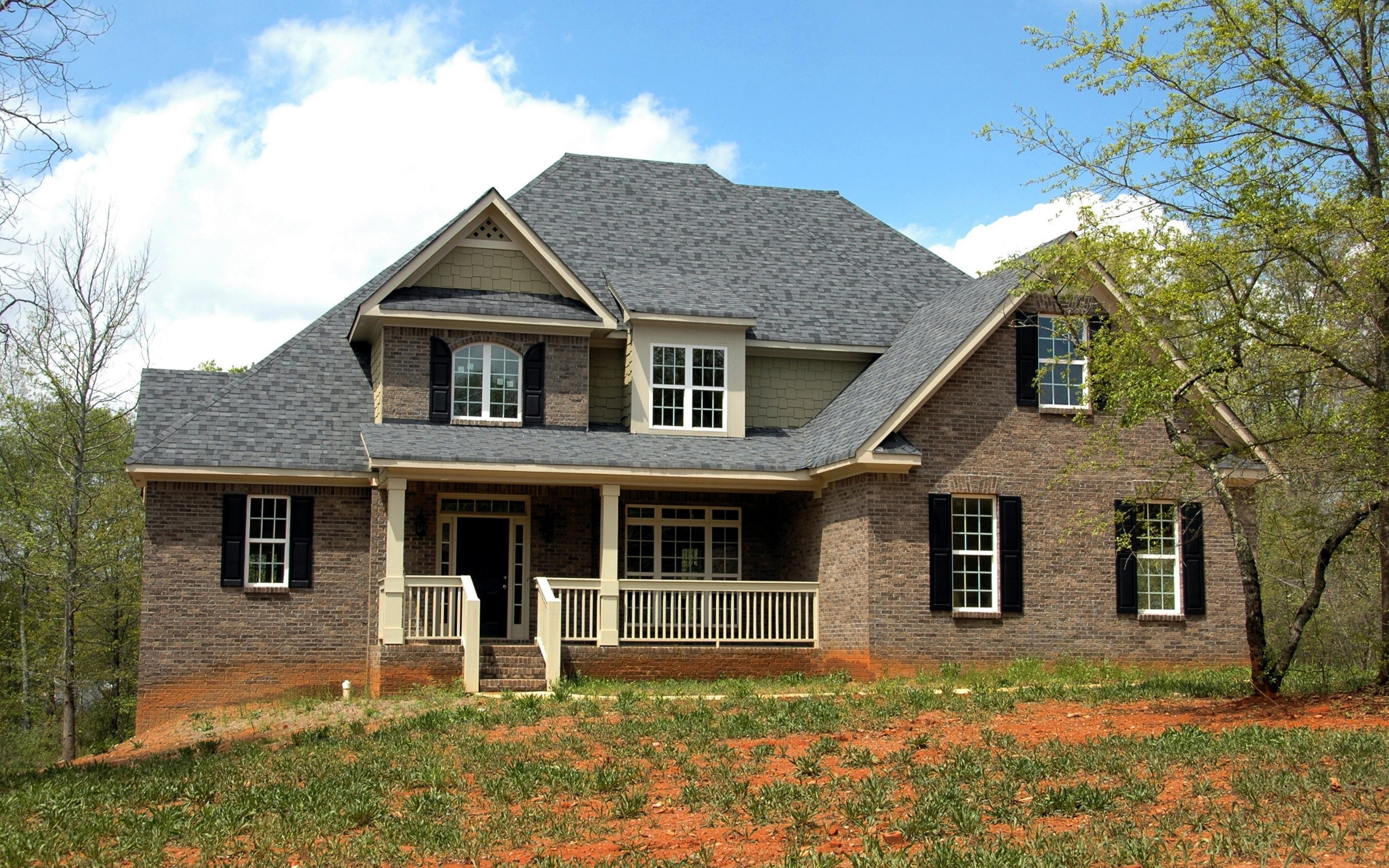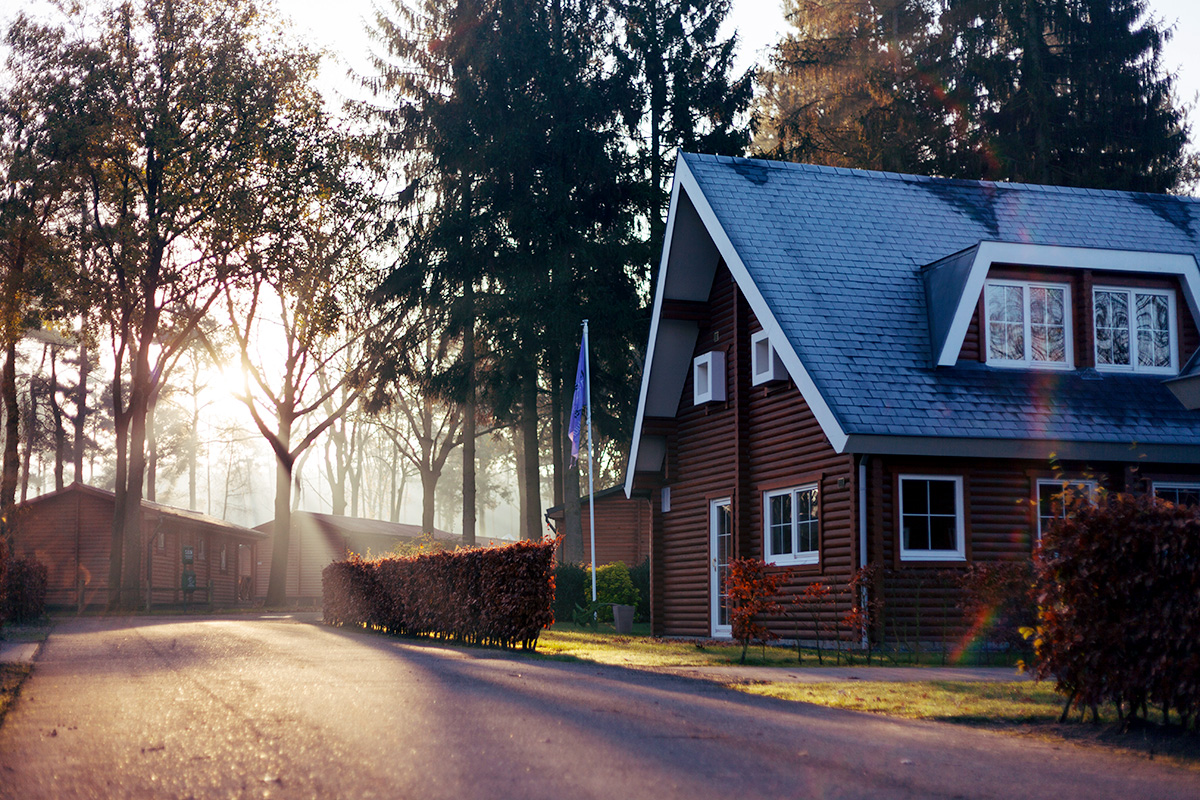Sometimes it is hard to tell when a roof has reached the end of its life. You may not think anything is wrong before you’re faced with a big problem. Check out these early signs that your roof needs to be replaced before it becomes a serious, and expensive, problem.
Roof age
How old is your existing asphalt shingle roof? Typically one should last between 20 and 25 years. This depends on factors such as whether the old one was removed, if you only have one layer of shingles, and if it is properly ventilated. If you are not sure how old your roof is, check if your neighbors are getting new roofs. Homes built around the same time period, experiencing the same weather conditions are a good indicator to see how old your roof is and if it needs to be replaced.
Shingles curling and buckling
Shingles that are curled or buckling are another sign that you may need a new roof. Look at the slopes of your home that get direct sunlight and if you notice the shingles are curling and losing granules, it could mean the shingles are past their life expectancy. There could also be a possibility that the roof is defective. Contact a licensed roofing contractor to see if you could be eligible for reimbursement.
Valleys and Missing Shingles
If your shingles are falling apart or missing, this is a sign that you need to replace your roof. Check to see if the shingle “tabs” are intact. You may also want to check the roof valley. Snow and rain flow through valleys and into gutters. If the valley is compromised, you could be susceptible to leaks.
Shingle granules in the gutters
While cleaning your gutters, check to see if they have shingle granules in them. Your roof will lose more granules toward the end of their life cycle. If your roof’s color is inconsistent or has dark patches, this is a good sign that the granules have worn away and the roof needs to be replaced. Granules protect the shingles from the sun and once they are gone, the shingles may deteriorate more quickly.However, if you just replaced yours and you are seeing granules, don’t worry. It is normal to see granules of a new roof in the gutters because they can be loosened during installation.
Leaks
There are many places that can cause water to leak into your home, but the first place that should be checked is the roof. Don’t ignore a small water leak or spot because those minor issues can cause major problems later on. Small leaks can cause mold and rotting, which can be expensive to fix. Make sure you or your contractor inspect penetrations such as chimneys or skylights, as well as shingles, at least once a year in the fall or spring. Also, check out the attic for water stains because leaks will start in the attic will become serious if it is not addressed and moves into a living space.



